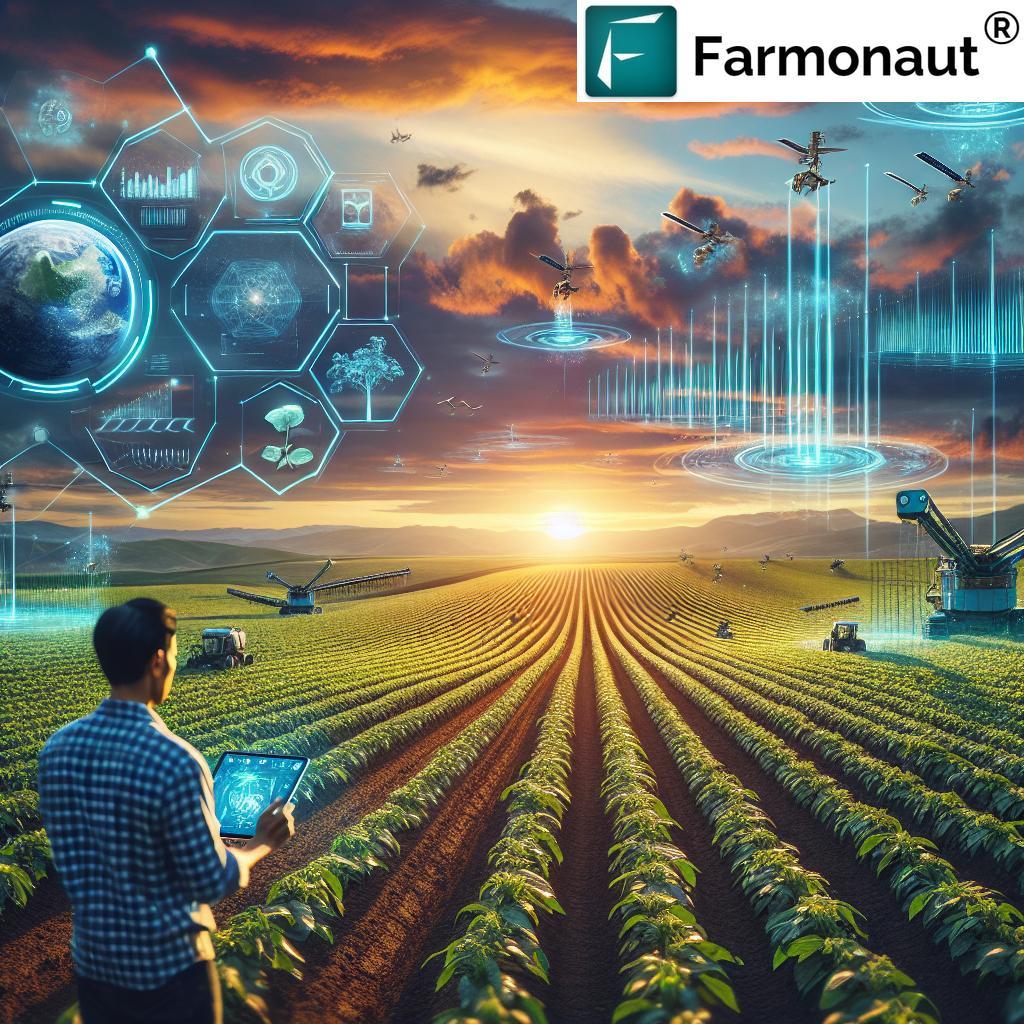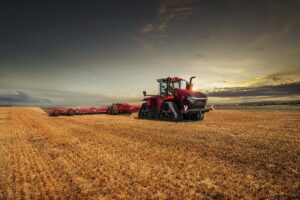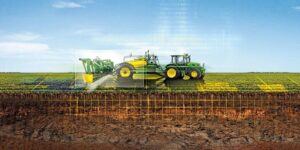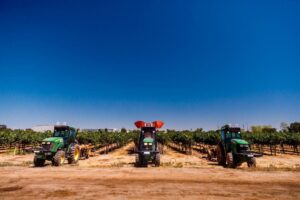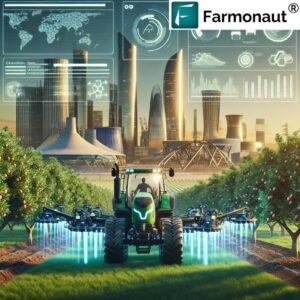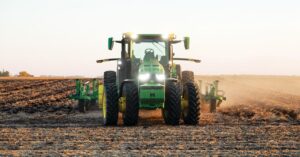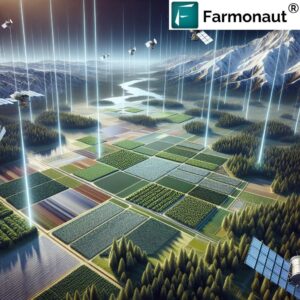The rapid integration of automated technologies into farming practices marks a pivotal transformation in modern agriculture.From autonomous tractors to AI-driven crop monitoring systems, automation is fundamentally changing how food is produced, harvested, and processed. This technological revolution addresses critical challenges facing the agricultural sector, including labour shortages, resource optimization, and the growing demand for food production. As conventional farming methods give way to smart agriculture, the industry witnesses a significant shift in operational efficiency and productivity levels. The agricultural landscape is undergoing a dramatic transformation as technological innovations revolutionize traditional farming practices. From GPS-guided tractors to drone-operated crop monitoring, modern farmers are embracing sophisticated tools that enhance efficiency and productivity while reducing environmental impact.
Precision agriculture technologies now enable farmers to manage their fields with unprecedented accuracy. Smart sensors collect real-time data about soil conditions, moisture levels, and crop health, allowing for targeted application of water, fertilizers, and pesticides. This data-driven approach minimizes waste and optimizes resource allocation, resulting in higher yields and reduced operational costs.
Robotic systems are increasingly handling labor-intensive tasks that once required significant human involvement. Automated milking systems operate around the clock, monitoring individual cow health and production while maintaining optimal hygiene standards.In fruit orchards, robotic harvesters use advanced computer vision to identify ripe produce and gather it with minimal damage.
Artificial intelligence and machine learning algorithms analyse vast amounts of agricultural data to predict weather patterns, detect plant diseases, and optimize crop rotation schedules. These systems can process information from multiple sources, including satellite imagery, weather stations, and field sensors, to provide farmers with actionable insights for decision-making.
Vertical farming facilities showcase the pinnacle of agricultural automation, where computer-controlled environments maintain perfect growing conditions year-round. These systems adjust lighting, temperature, and nutrient delivery automatically, producing fresh vegetables in urban settings with minimal human intervention.
Climate-controlled greenhouses utilize automated systems to manage ventilation, irrigation, and temperature control. these sophisticated environments enable year-round cultivation of crops irrespective of external weather conditions, increasing food security and reducing seasonal dependencies.
The integration of Internet of Things (IoT) devices in agriculture has created interconnected farming operations where equipment communicates seamlessly. Automated irrigation systems adjust watering schedules based on weather forecasts and soil moisture readings, while smart storage facilities monitor grain condition and prevent spoilage.
Livestock management has been transformed by automated feeding systems, health monitoring devices, and behavior tracking technology. These systems can detect early signs of illness, optimize feed ratios, and maintain optimal living conditions for animals, improving both welfare and productivity.Autonomous vehicles and equipment are becoming increasingly common in modern farms. Self-driving tractors can work continuously during peak seasons, while automated spraying systems apply treatments with precision, reducing chemical usage and environmental impact.
Digital platforms now enable farmers to manage entire operations remotely, monitoring multiple aspects of their farm through mobile devices. These systems integrate data from various automated components, providing complete oversight and enabling quick response to changing conditions.
As these technologies continue to evolve, the agriculture sector is moving toward a future where automation and precision farming practices become the norm, ensuring enduring food production for growing global populations while maximizing efficiency and environmental stewardship.

